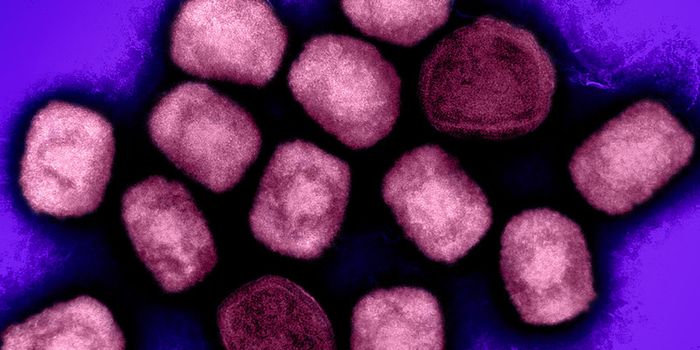TB Vaccine Protects Two Times Longer Than Thought
There is only one licensed vaccine for tuberculosis (TB), and new research has suggested that it’s much more long lasting than was previously thought. The vaccine was assumed to work for about ten to fifteen years, but when given to young people, it lasts twice as long; the report was published in the International Journal of Epidemiology.
The Bacillus Calmette-Guérin (BCG) TB vaccine was given to many UK schoolchildren when they were around twelve or thirteen years old, and it conferred protection to over 50% of them, lasting for over 20 years when it then began to wear off. This research was led by the London School of Hygiene & Tropical Medicine. It confirms other studies that have suggested the vaccine was effective for a lengthier time than that was known.
There is a strong argument to be made for more widespread use of this vaccine, and it could help prevent more cases, said the researchers. The bacterium that leads to TB causes an estimated 10.4 million new infections every year, according to the World Health Organization, and this work will provide evidence for continuing support of TB vaccination programs.
“Tuberculosis kills nearly two million people every year, more than HIV/AIDS, but TB prevention methods have changed little in half a century. Progress in developing new TB vaccines is slow with BCG, developed in the 1920s, still the only option,” said the lead author of the report, Punam Mangtani, an Associate Professor of Epidemiology at the London School of Hygiene & Tropical Medicine.
The UK was a good place for this study; children there were given the BCG vaccine until TB risk became low and it was halted in 2005; it’s still given to infants and babies that are considered to be high risk.
This work assessed adults in England in the general population who had received the vaccine in the previous ten to 30 years. The investigators ultimately found that TB was half as likely in vaccinated kids compared with unvaccinated kids, ten to 20 years later.
“BCG given at school age may help in the control of TB, including reducing the risk of multi drug resistant disease, as those vaccinated around thirteen years of age have been protected into adulthood when transmission of the infection was more likely. Health officials should consider recommending childhood BCG vaccination where TB risk is high and where infant vaccination has not been given,” said Dr. Mangtani. "BCG is not perfect but until a new, more effective vaccine is approved and rolled-out, we should be maximizing its potential. We should also be supporting the various agencies that make sure BCG is readily available globally.”
The authors acknowledge that this study had some limitations. For one, they could not exclude subjects who had tested positive for tuberculin in skin tests and were not eligible for vaccination. Another issue was that participants were more likely to have been received the vaccine compared with people who had refused the vaccine or were not contactable.
Sources: London School of Hygiene and Tropical Medicine, International Journal of Epidemiology









